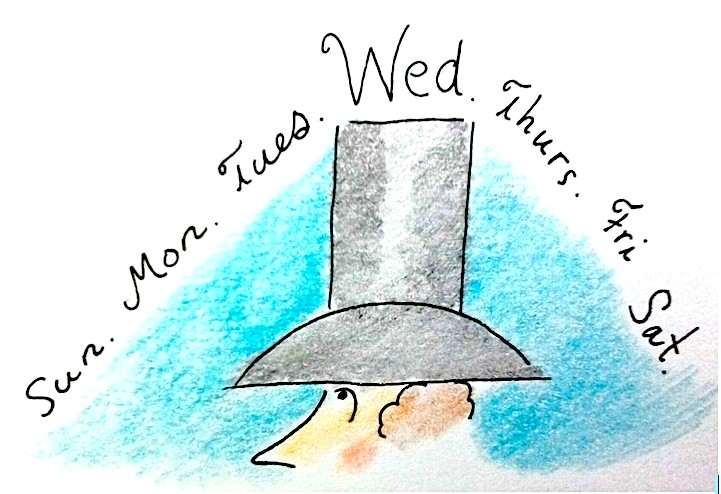Video Of Interest: Pete Beard’s “New Yorker Covers 1925-1939”
Here’s a ten minute survey of early New Yorker covers and a select few of the magazine’s earliest cover artists. It’s part of a now long running series by Pete Beard, “Unsung Heroes Of Illustration.”
This is a ten minute look at some of the magazine’s early cover art and artists. I have just few quibbles with the narrative:
Irvin’s non-designated title at the magazine was often referred to as the more specific “art supervisor” rather than “art editor.” As far as we know, Irvin did not, as Emma Allen does today, pre-select (i.e., edit) art from the weeks submissions and then bring the selected work to the art meeting. Irvin came into the office one day a week and sat at the weekly art meetings along with the head of the fiction department, Katharine Sergeant (until 1939, the art fell under the care of the fiction department), Philip Wylie (the “artist hand-holder”), and a secretary, while new art (and recently finished OKed art) was presented. Those attending the meeting would discuss. Irvin might make suggestions. Ross always had the final say. There were no artists present.
Rea Irvin didn’t “bow out” in 1939, his role began to be involuntarily eclipsed by the arrival of James Geraghty. Irvin continued on in his role as a sort of art consultant until January of 1952 when Willian Shawn, having been appointed Harold Ross’s successor following Ross’s death in December of 1951, excused everyone from the art meetings except Geraghty.
Mr. Beard says that “…Barbara Shermund, whose cover art at this stage at least, conformed to modernist principles very much encouraged by Irvin.” I don’t believe, based on everything I’ve read — Irvin espoused principles, modernist or any “ist.” That flies in the face of the unwritten New Yorker doctrine of encouraging artists to do what they want to do, not what anyone else wanted (or wants) them to do. Read enough about Irvin and you’ll find his “catholicism of taste” referenced and applauded.
–my thanks to my New Yorker colleague, Paul Noth, for bringing the clip to my attention.


